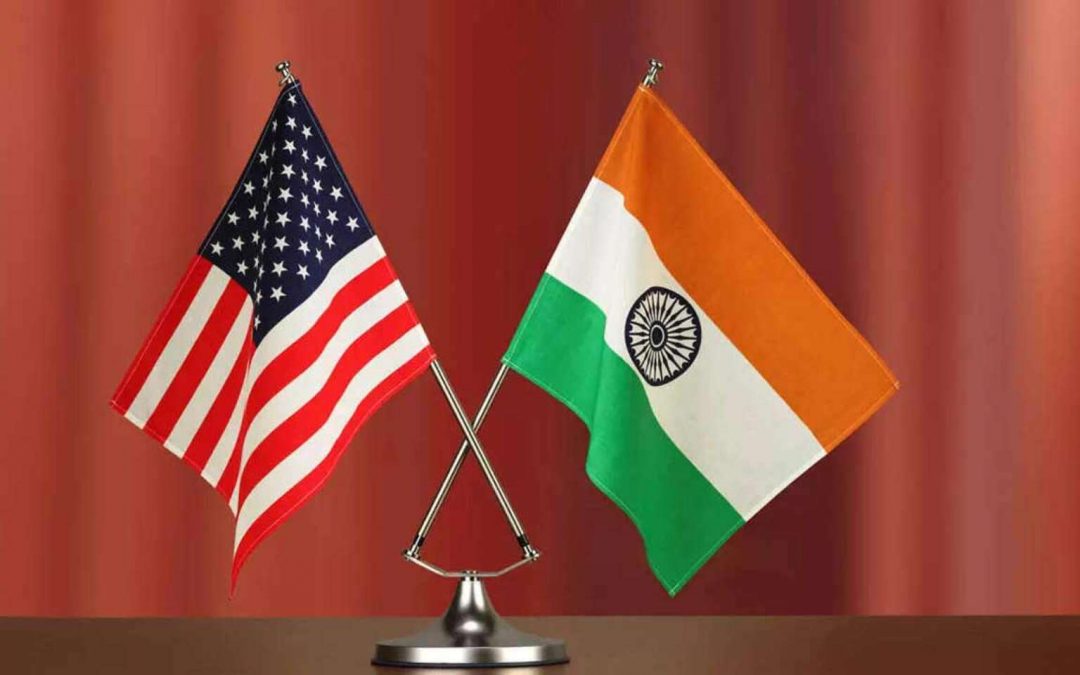Ahead of critical trade talks this week, the US is pressing India to reduce its high tariff barriers on all American goods through a comprehensive agreement, rather than addressing them piece by piece, according to sources familiar with the negotiations.
In return, the US is offering to address India’s concerns, including protecting Indian farmers and small industries, by incorporating mechanisms such as quota restrictions into the proposed bilateral trade deal, the sources said, requesting anonymity.
The negotiations will kick off on Wednesday in New Delhi, where the US team, led by Assistant Trade Representative Brendan Lynch, will meet with Indian officials, led by Rajesh Agarwal, Additional Secretary in the Ministry of Commerce. The three-day talks come as the deadline for reciprocal tariffs imposed by President Donald Trump approaches on April 2.
India’s strategy reflects mechanisms it has previously used in free trade agreements, such as the India-Australia Economic Cooperation and Trade Agreement (ECTA) and the India-UAE Comprehensive Economic Partnership Agreement (CEPA). These agreements include quotas for certain imports and tariff rate quotas (TRQs), which allow specific goods to be imported at a concessional rate. For instance, ECTA includes quotas for Australian products like almonds and cotton, while CEPA allows the UAE to export gold at a reduced tariff rate under TRQs.
One source indicated that the talks will focus on establishing terms, schedules, and the scope of a broader bilateral trade agreement, as outlined in the joint statement by Prime Minister Narendra Modi and President Trump on February 13. The goal is to complete negotiations by September 2025.
The US team seeks to negotiate on broader sectors, such as agricultural products, alcoholic beverages, and automobiles, rather than targeting individual items. The US wants a comprehensive trade deal, which the Indian side is reportedly open to, especially concerning products not manufactured in India. This would help protect domestic industries, particularly small and medium-sized enterprises.
India has already made some concessions, such as slashing tariffs on American motorcycles and bourbon (whiskey) in February and proposing to remove the 6% Google tax (Equalisation Levy) on online advertisements. However, some officials believe these steps, while positive, may not be enough to meet the looming April 2 deadline.
The reduction of import duties on bourbon was seen as a win for Trump’s supporters in the US, particularly in areas known for bourbon production.
In a separate report, Reuters noted that India is willing to cut tariffs on over half of US imports worth $23 billion in the first phase of the trade deal. These goods currently face tariffs between 5% and 30%. India is prepared to significantly lower these tariffs or even eliminate them on certain goods, amounting to over $23 billion in imports.
According to an internal analysis, India estimates that reciprocal tariffs could affect 87% of its total exports to the US, valued at $66 billion. Despite the progress, the Indian government has not yet responded to queries from Reuters regarding the specifics of the negotiations.





